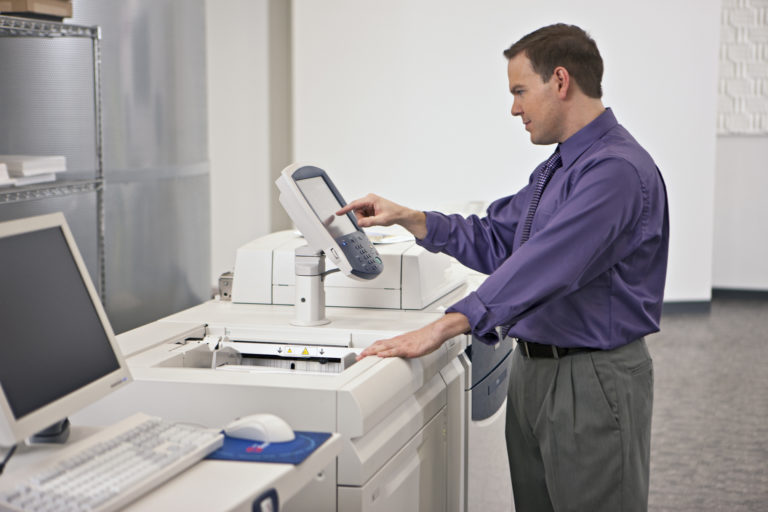Written by Heidi Tolliver-Walker
Print Industry Consultant

In the next week or so, I’ll be releasing a new report on 3D printing for the commercial printing industry (downloadable from my XPPGN portal). We’ve seen a lot of reporting on 3D printing in general—what these devices are and all the sensational things they can do. But is 3D printing a business model that commercial printers can pursue? Or is it just for online specialists and service bureaus catering to professional prototype designers and part engineers?
For this report, I scouted out a number of real printers using these machines. Here is a preview of how four commercial print industry shops and one packaging design shop are using their printers.
- The UPS Store (Kearny Mesa, CA). Catering to consumers, entrepreneurs, and professional part designers. Offers full 3D design service. The UPS Store brand has been a tremendous boon to generating business because it automatically creates a level of trust.
- Hudson Printing (Salt Lake City). Purchased a CubexDuo to change the public’s perception of Hudson Printing from traditional offset to cutting edge. It is also using its experimentation with the technology to refine its understanding of potential target markets.
- Braintree Printing (Boston). Using its Stratysys Dimension 1200es to serve the traditional engineer and prototype designer market. Braintree realizes that the market is already being served, but it gets to experiment and learn the technology without reinventing the wheel.
- Staples (The Netherlands). Offering an output-only service. Customers upload their files using its MyEasy3D service and products are output on its Iris printers from Mcor. Customers can also set up their own stores to let other people print their designs.
- Unisource. Prototyping Division is using an Mcor 3D printer in a way that is tangential to the commercial printing market—creating package prototypes that remove weight, improve strength, and test functionality.
Stay tuned for more examples of 3D printers in action in our industry. Do you have any examples of commercial printers using 3D technology to share?




AS STOCK HOLDER I CAN ACROSS AN ARTICLE IN THE ECONOMIST ABOUT PRINTING ELECTONICS…BORROWING FROM THE PHOTOCOPIER TECHNOLOGY RESEARCHES AT PARC ARE DEMONSTRATING HOW A 3D PRINTING MACHINE MIGHT WORK. WHY IS THIS TECHNOLOGY NOT MENTIONED. XEROX HOLDS PATENT TECHNOLOGIES XEROGRAPHY USING CERTAIN INKS ITS POSSIBILITIES TO PRINT CIRCUITS AND MICROCHIPS OPENS GREAT POSSIBILTIES….IN THE NEAR FUTURE. IS THIS A BLOSSOMING TECHNOLOGY WITH POSSIVE CONSEQUENCES FOR XEROX CORP.!?
Hello JTNAVARRIA,
Like others in the printing industry, Xerox also views 3DP/ Additive Manufacturing as a potential opportunity that is worth exploring. Due to its adjacency and our heritage for innovation, Xerox has made some investments in this area over the past decade. These range from core internal research on materials and processes to working with existing 3D manufacturers with our printheads.
Xerox technology business has historically been based on 2D printing of powder and ink based systems. The 2D printing infrastructure is highly relevant to 3DP/ Additive Manufacturing that could provide natural entry into the market. A consumables trend of 3DP falls nicely into Xerox business model. Xerox continues to actively look for new opportunities for growth and 3D printing coupled with other new technologies such as printed electronics, and smart objects have potential.
Thank you for taking the time to write,
Bill (Xerox)